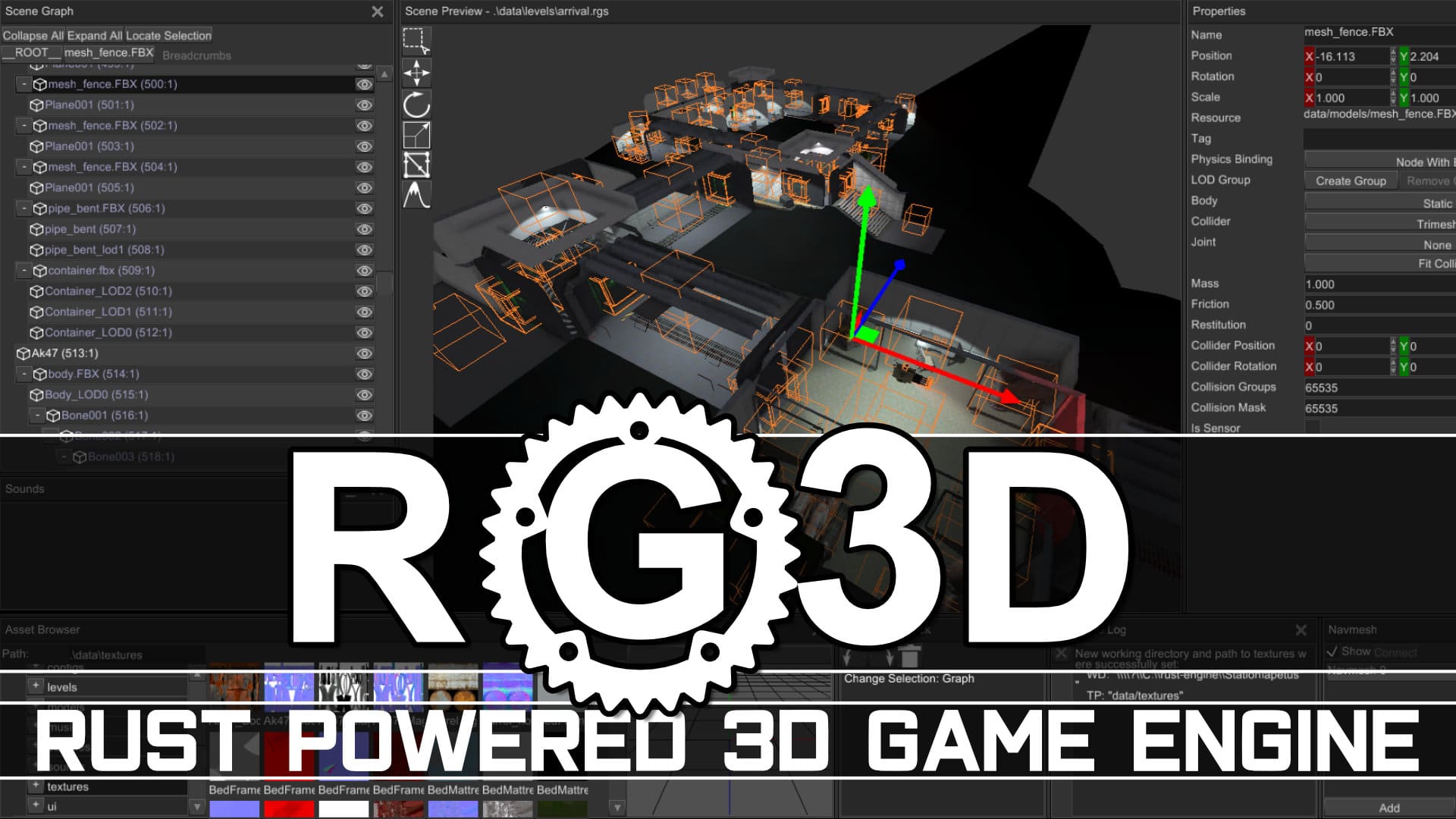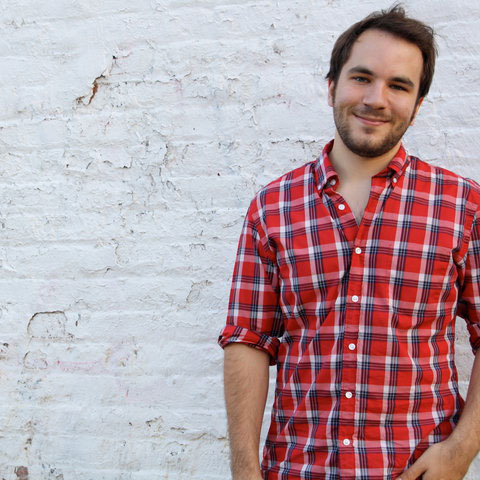

In order to draw the terrain with color proportional to the height, our shader has to use the TerrainMaterial::ATTRIBUTE_COLOR mesh attribute. Rust type system and Bevy perform all the type conversion for us, so we avoid mangling with byte arrays and pointer casts.īevy standard material allows to use a texture, but it does not support vertex colors. This string will later be referenced in the shader. The set_attribute function accepts an arbitrary string as the first argument. set_indices ( Some ( Indices :: U32 ( indices ))) set_attribute ( TerrainMaterial :: ATTRIBUTE_COLOR, VertexAttributeValues :: Float3 ( colors ) ) mesh. set_attribute ( Mesh :: ATTRIBUTE_POSITION, VertexAttributeValues :: Float3 ( vertices )) mesh. I advise reading the article if you want to know how it works. The obtained hierarchy allows choosing which triangle should be used for the mesh and which triangle should be ignored. In a nutshell, the algorithm divides the space into two right-triangles recursively (like in a BSP).
#Bevy github code
I have ported his javascript code into rust. It was nicely described in this Observable article by Vladimir Agafonkin from Mapbox. RTIN (Right-Triangulated Irregular Networks) is one possible algorithm for achieving this. This way, planar parts in our mesh will be composed by a minor number of triangles:Īn approximated version of the previous mesh One simple option for reducing the number of triangles consists in approximating parts of the heightmap where the slope is low. in an open-world game) the count of triangles is going to increase soon. The above method is perfectly fine in most cases, but if we are going to generate and show multiple meshes (e.g. The simplest approach for doing this would be to partition a plane with a simple pattern of triangles, where the y component of each vector is sampled from the heightmap:įor instance, by applying this approach on the simple heightmap on the left, we obtain the mesh on the right: Our application will load the image and turn the heightmap into a mesh.

Usually, terrain is described by a heightmap, usually a squared, grayscale image where each pixel encodes the height of the terrain at (x, z) coordinates In this post, we will build a simple terrain visualization, while also exploring some of Bevy’s capabilities Generating a mesh from a heightmap
#Bevy github free
Pushed by some recently published, impressive games such as TLOU2 and Cyberpunk 2077 I decided to invest again part of my free time in gamedev experiments and to try out the new Bevy game engine.īevy is an ECS-based, 2D and 3D game engine currently under development, but it provides already many features for a simple game. The open-world RPG Veloren is a notable example. New libraries are published almost weekly and, with enough patieance, it’s already possible to build a high-quality game.

The use of rust language in major companies is increasing and with it also the game dev community is growing.


 0 kommentar(er)
0 kommentar(er)
